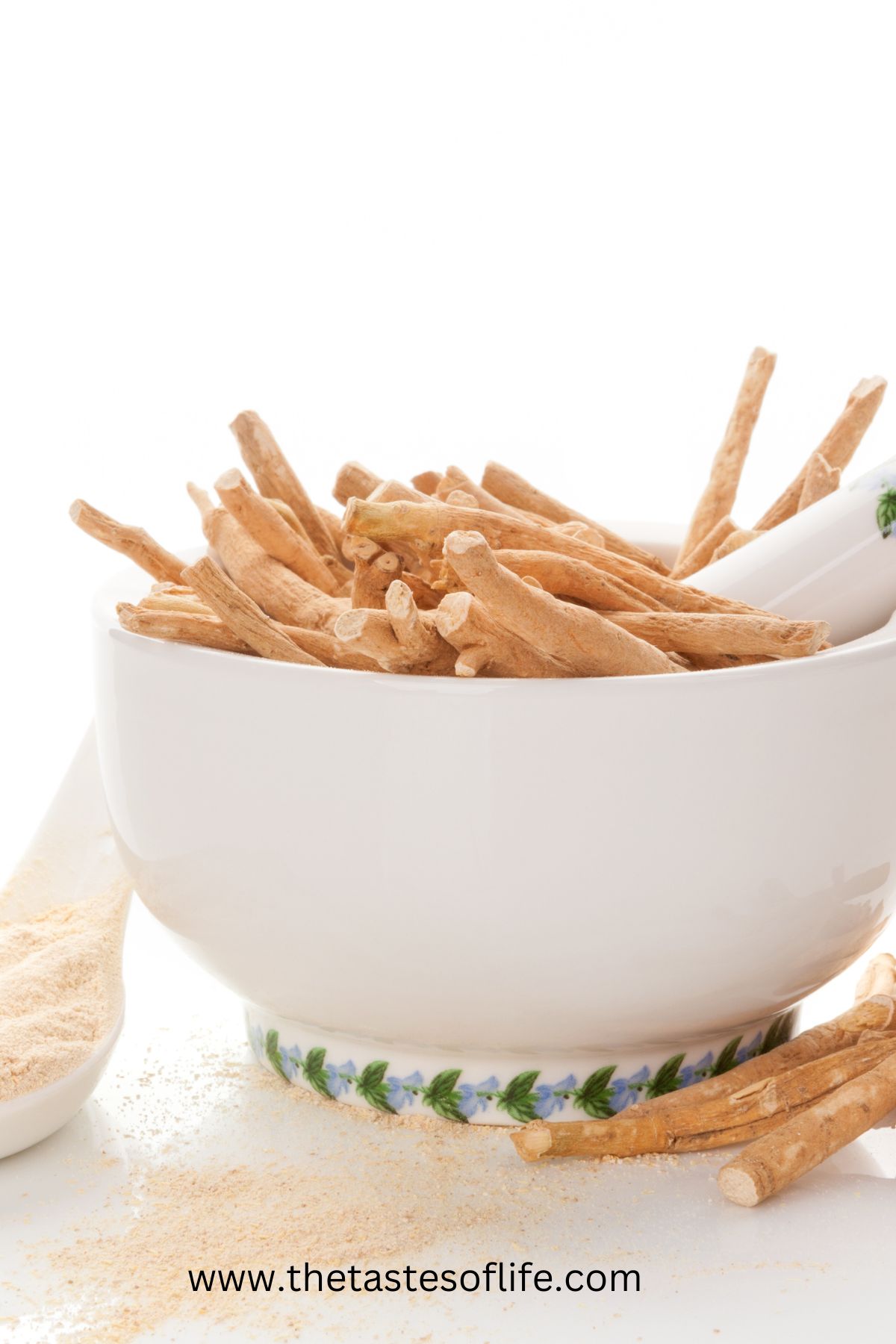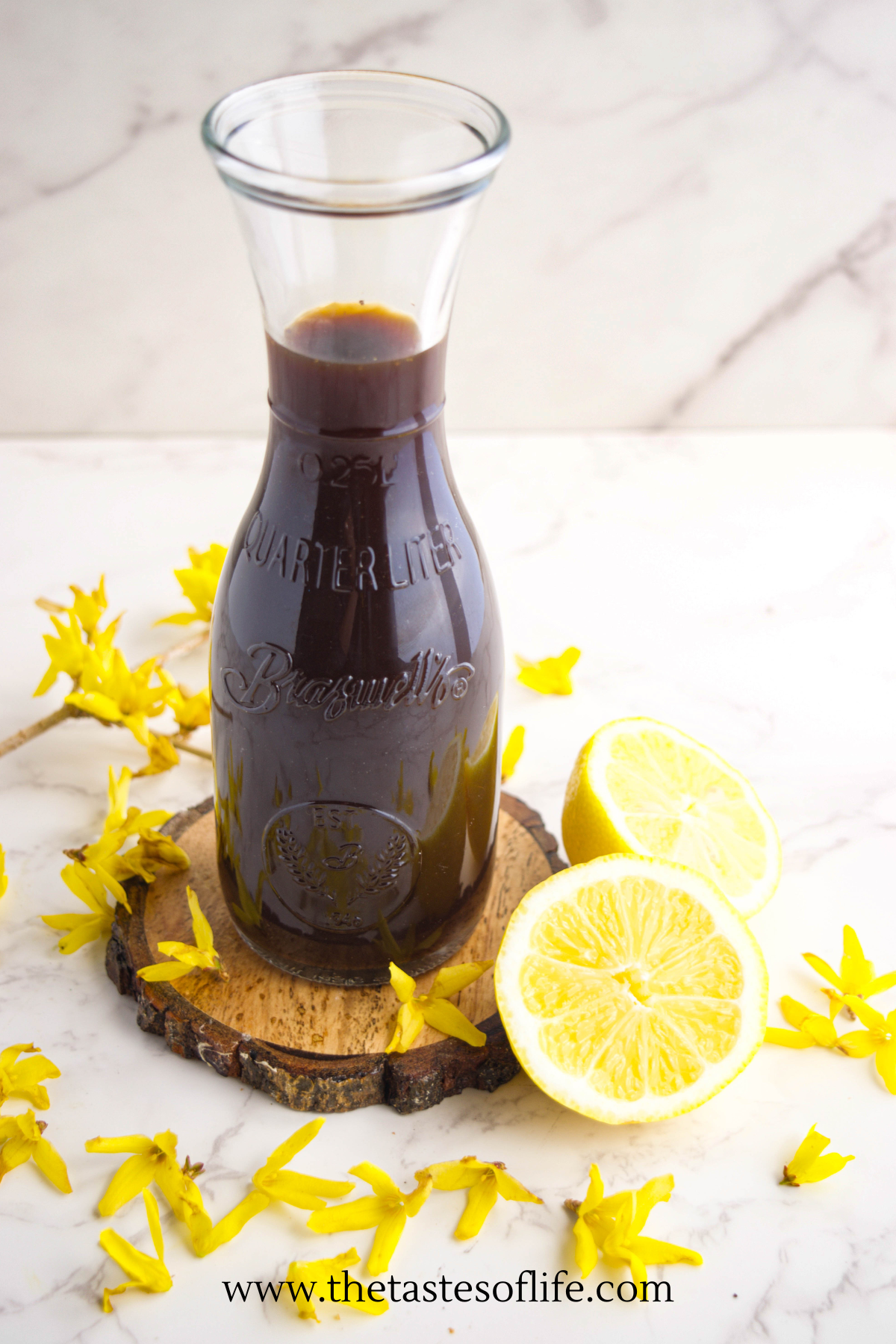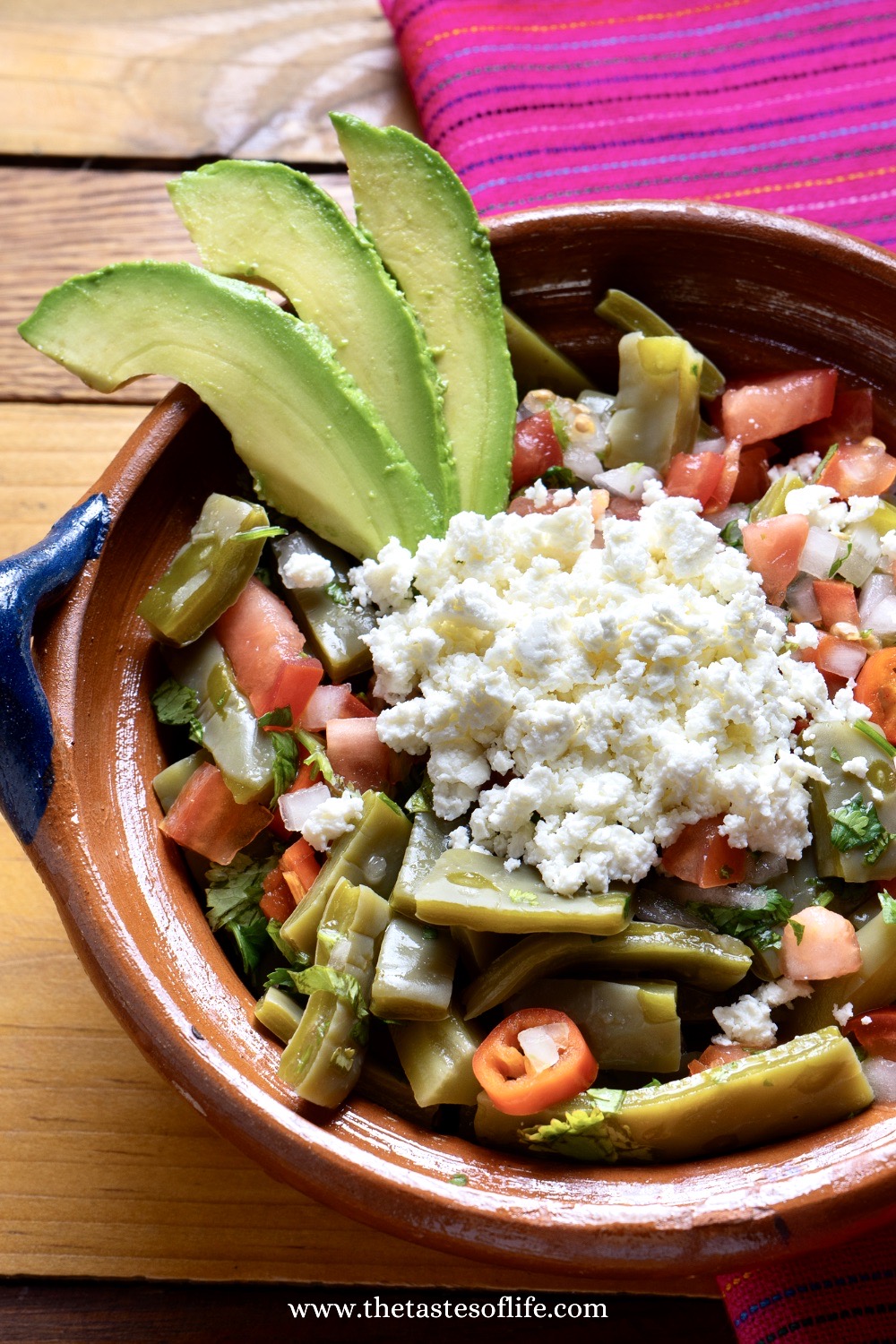8 Best Teas For Menstrual Cramps To Try
Discover 8 Best teas for menstrual cramps, a soothing blend of herbs to ease period cramps naturally. Try our homemade period tea recipe featuring nettle, ginger, chamomile, peppermint, and cinnamon for relief during your menstrual cycle.
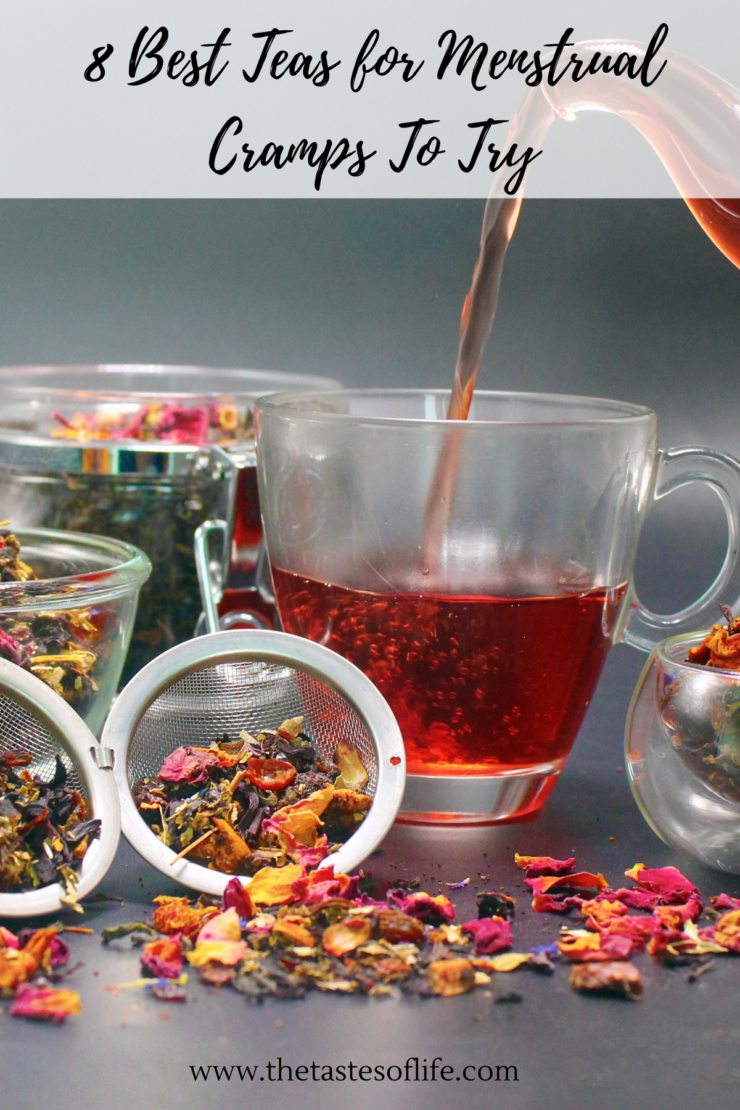
Ah, period cramps—a familiar yet unwelcome visitor for many women with menstrual cycles. Show me women who did not struggle with menstrual pain and painful cramps over their life… there are not many. That time of the month is not easy for many women. So, herbs and teas made from herbs are beneficial for relieving menstrual cramps and helping with painful periods.
What is Menstruation
A period, also known as menstruation, is a natural biological process that occurs in people with female reproductive systems. It typically begins during puberty and continues until menopause, usually between the ages of 45 and 55. Menstruation is a monthly shedding of the uterine lining, accompanied by bleeding from the vagina.
During the menstrual cycle, which typically lasts around 28 days (more or less), the body undergoes a series of hormonal changes in preparation for a potential pregnancy. The cycle is divided into several phases:
- Menstrual Phase: This is when menstruation occurs. The uterine lining, thickened in preparation for pregnancy during the previous cycle, sheds if fertilization does not occur. This shedding is what causes menstrual bleeding.
- Follicular Phase: Following menstruation, the body prepares for ovulation. Follicle-stimulating hormone (FSH) stimulates the ovaries to produce follicles, each containing an egg. These follicles release estrogen, which stimulates the thickening of the uterine lining in preparation for a potential pregnancy.
- Ovulation: Around the middle of the menstrual cycle, typically around day 14 in a 28-day cycle, a luteinizing hormone (LH) surge triggers a mature egg’s release from one of the ovaries. This egg travels down the fallopian tube and is available for fertilization for about 12 to 24 hours.
- Luteal Phase: After ovulation, the empty follicle transforms into a structure called the corpus luteum, which secretes progesterone. Progesterone helps maintain the thickened uterine lining in preparation for implantation of a fertilized egg. If fertilization does not occur, hormone levels drop, signaling the body to shed the uterine lining and begin a new menstrual cycle.
Women experience menstruation due to the cyclical production of hormones, primarily estrogen and progesterone, which regulate the menstrual cycle. Menstruation prepares the body for pregnancy by shedding the uterine lining if fertilization does not occur.
Menstruation is a normal and healthy process, but it can be accompanied by symptoms such as cramps, bloating, mood swings, and fatigue, collectively known as premenstrual syndrome (PMS). While these symptoms can vary from person to person, they are typically manageable with self-care strategies, lifestyle adjustments, and sometimes medical interventions.
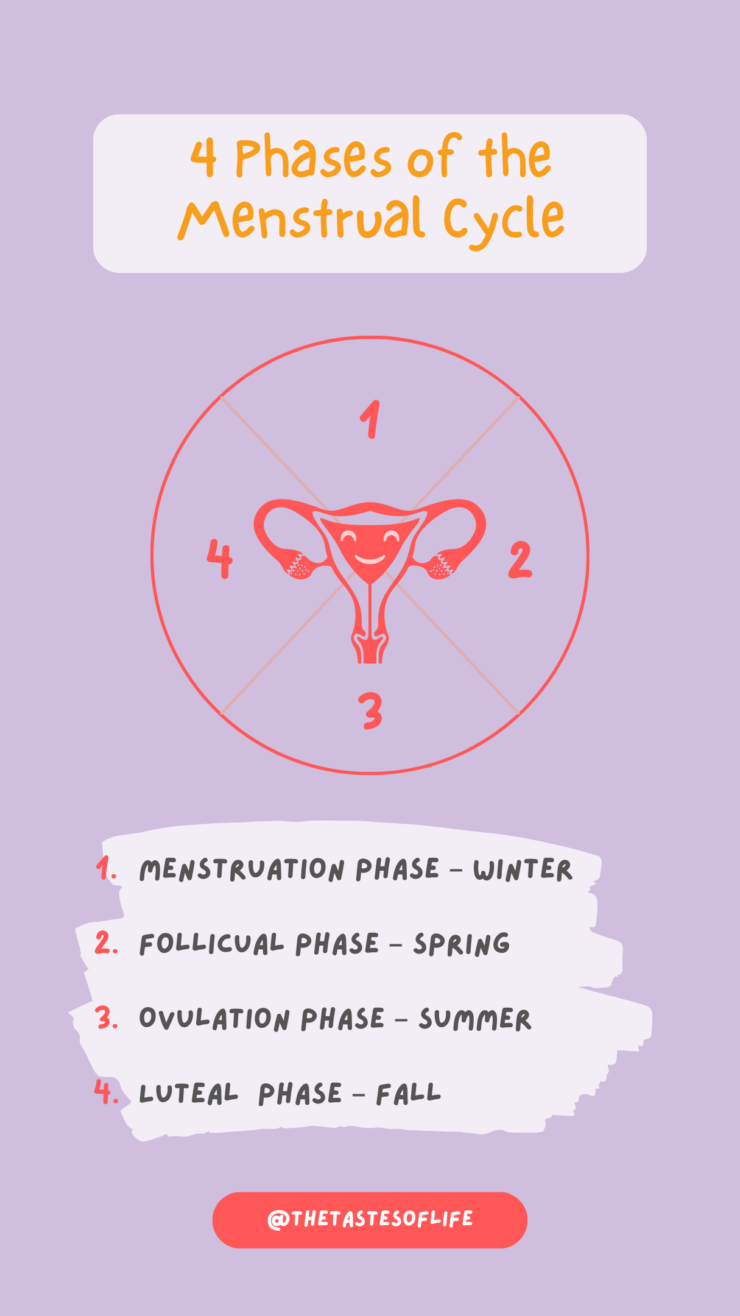
Herbs and Teas for Menstrual Cramps Relieve
While reaching for painkillers might be the instinctive response, herbal medicine can offer relief including tea. Tea provides warmth and comfort and can alleviate some of the discomfort associated with menstrual cramps. In this blog, we’ll explore some of the best tea blends tailored to ease those pesky period cramps. Here are the best teas for menstrual cramps – some of my favorite herbal teas for menstrual cramping.
- Turmeric and Ginger Tea: Ginger and turmeric are a powerful duo known for their anti-inflammatory properties, ideal for combating period pain. Ginger helps relax muscles and alleviate nausea, while turmeric’s curcumin content reduces inflammation. Simply steep slices of fresh ginger and a pinch of ground turmeric in hot water to make this comforting blend. Add a dash of honey or lemon to enhance the flavor and enjoy the soothing warmth of this aromatic brew.
- Peppermint Tea: Peppermint tea is refreshing and incredibly effective in relieving menstrual cramps. Its menthol content is a natural muscle relaxant, easing tension and reducing pain. Additionally, peppermint tea can help alleviate bloating and digestive discomfort often experienced during menstruation. Steep a few peppermint leaves or a peppermint tea bag in hot water for a few minutes, and sip your way to relief.
- Chamomile and Lavender Tea: Chamomile and lavender are renowned for their calming properties, making them an excellent choice for easing menstrual cramps and promoting relaxation. Chamomile tea has a calming effect and helps reduce muscle spasms and anxiety, while lavender soothes the mind and body. Combine dried chamomile flowers and lavender buds in a tea infuser, steep in hot water for a few minutes, and indulge in this blend’s gentle floral aroma and comforting warmth.
- Clove and Cinnamon Tea: Cinnamon and clove add warmth and spice to your tea and offer therapeutic benefits for period cramps. Cinnamon has anti-inflammatory properties that can help alleviate pain, while clove contains eugenol, a natural analgesic. Together, they create a fragrant and comforting brew that can relieve menstrual discomfort. Simply simmer cinnamon sticks and whole cloves in water for a few minutes, strain, and enjoy the soothing essence of this aromatic tea.
- Red Raspberry Leaf Tea: Raspberry leaf tea has been traditionally used to support women’s health, particularly during menstruation and pregnancy. Rich in vitamins and minerals, raspberry leaf tea helps tone the uterus and ease menstrual cramps. It can also regulate menstrual cycles, reduce heavy bleeding (blood flow), and reduce period symptoms. Steep dried raspberry leaves in hot water for at least 10 minutes to extract their beneficial compounds, and sip this nourishing brew throughout your period for optimal relief.
- Nettle tea: Nettle, also known as stinging nettle (Urtica dioica), is another herb that can be beneficial for relieving menstrual cramps. Nettle contains anti-inflammatory compounds, which can help reduce inflammation and ease the discomfort associated with period cramps. Additionally, nettle is rich in vitamins and minerals like iron, calcium, and magnesium, which can help support overall reproductive health and alleviate symptoms of menstruation.
- Yarrow tea: Yarrow (Achillea millefolium) is another herb that can be beneficial for relieving period cramps. Yarrow contains compounds with anti-inflammatory and antispasmodic properties, making it effective in reducing pain and muscle spasms associated with menstruation. Additionally, yarrow has been traditionally used to regulate menstrual flow and alleviate discomfort during periods.
- Cramp Bark tea: Cramp bark (Viburnum opulus) is a traditional herbal remedy used for centuries to alleviate menstrual cramps and other muscle spasms. It contains compounds that act as natural muscle relaxants, helping to ease tension and reduce pain associated with menstrual cramps. It has anti-spasmodic properties, which can help reduce spasms.
- For severe menstrual cramps, choosing a tea blend that incorporates herbs with potent anti-inflammatory, analgesic, and muscle-relaxant properties, such as cramp bark, ginger root, chamomile, and cinnamon, is beneficial. Cramp Bark
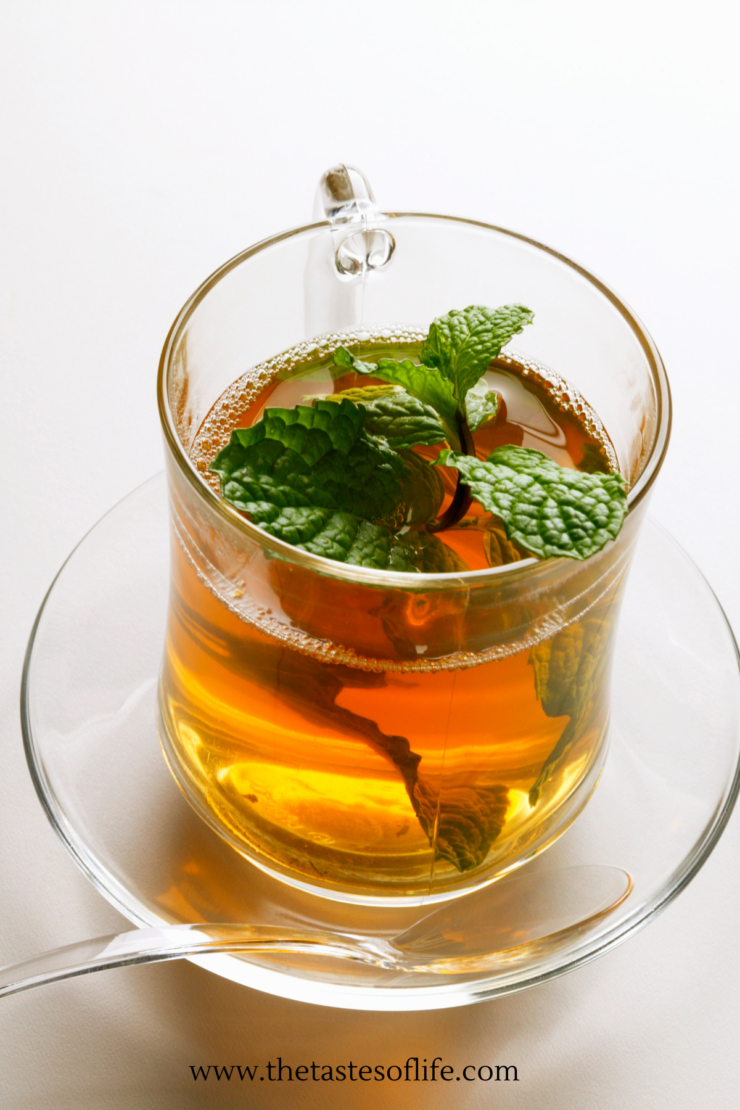
How Much Tea to Drink?
Regarding how much period tea to drink, listening to your body and adjusting based on your needs and preferences is essential. Here are some general guidelines:
- Start with a Cup: When first experiencing menstrual cramps or discomfort, drink one cup of period tea. This will allow you to gauge how your body responds to the tea and its effects on your symptoms.
- Observe Your Body: Pay attention to how your body reacts after drinking the tea. If you find relief from cramps and discomfort, you may continue with the same amount. However, if you need more relief, you can consider drinking another cup later.
- Drink as Needed: There is no strict rule on how much period tea you should drink, as it varies from person to person. Some individuals may find relief with just one cup, while others may benefit from drinking multiple cups throughout the day. Listen to your body’s cues and drink as needed to manage your symptoms effectively.
- Stay Hydrated: While period tea can be beneficial for relieving cramps, it’s essential to stay hydrated by drinking plenty of water throughout the day. Hydration is crucial for overall health and can also help alleviate menstrual symptoms.
- Avoid Overconsumption: While herbal teas are generally safe, it’s essential not to overconsume them, especially if you use potent herbs or have certain health conditions. Stick to moderate consumption and consult with a healthcare professional if you have any concerns.
Ultimately, the amount of period tea you drink depends on factors such as the severity of your symptoms, your tolerance to herbs, and your preferences. It’s always a good idea to start with a small amount and gradually increase if needed while paying attention to how your body responds. If you have any underlying health conditions or concerns, it’s best to consult with a healthcare provider before making significant changes to your diet or lifestyle.
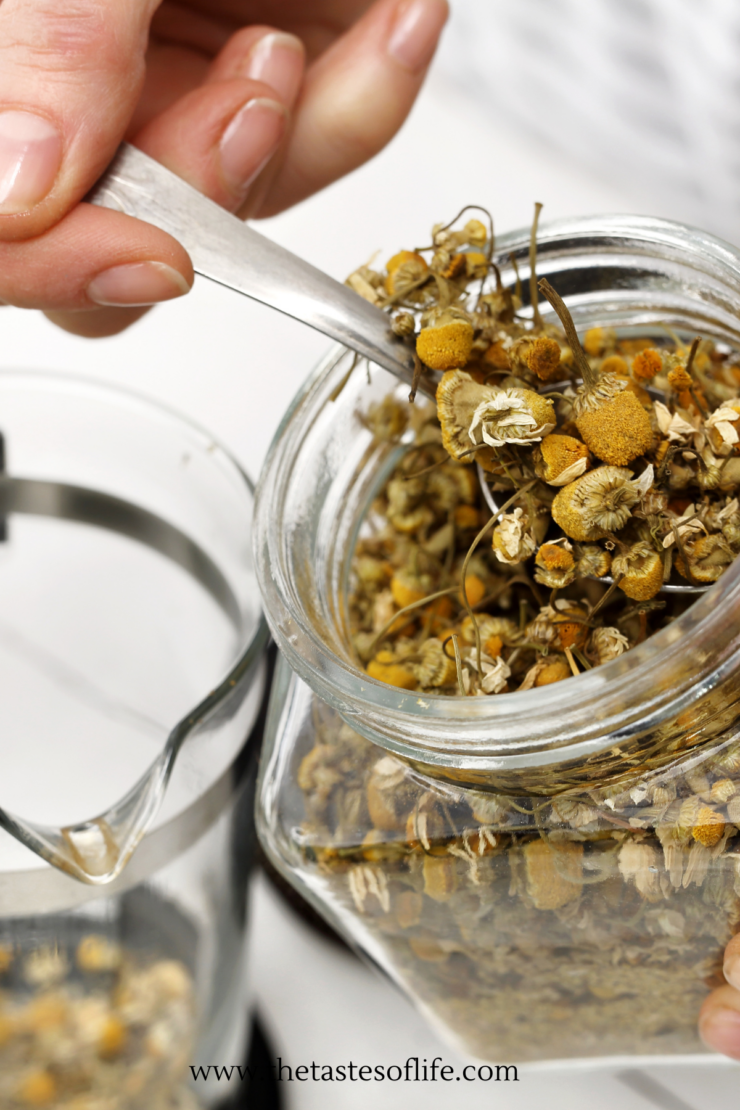
How Fast Would the Tea Work
The speed at which period tea works to alleviate menstrual cramps can vary from person to person and depends on factors such as the severity of the cramps, individual physiology, and the specific herbs used in the tea blend. Here are some considerations:
- Immediate Relief: In some cases, individuals may experience relief from menstrual cramps shortly after drinking period tea. Certain herbs like peppermint and ginger have quick-acting properties that can help relax muscles and alleviate pain, providing almost immediate relief for some people.
- Gradual Relief: For others, the effects of period tea may take a bit longer to manifest. Herbal remedies often work by gradually reducing inflammation, relaxing muscles, and balancing hormones, which may require some time. It may take anywhere from 20 minutes to an hour or more for noticeable relief to occur.
- Consistency: Consistency in the drinking period of tea can also influence how quickly it works and the overall effectiveness of the remedy. Drinking tea regularly throughout the day, especially at the onset of menstrual cramps, can help maintain a steady level of the herbs in your system, leading to more consistent relief over time.
- Individual Response: It’s important to note that individual responses to herbal remedies can vary. What works quickly for one person may take longer for another. Additionally, the specific blend of herbs used in the period tea and their potency can affect how fast the remedy works.
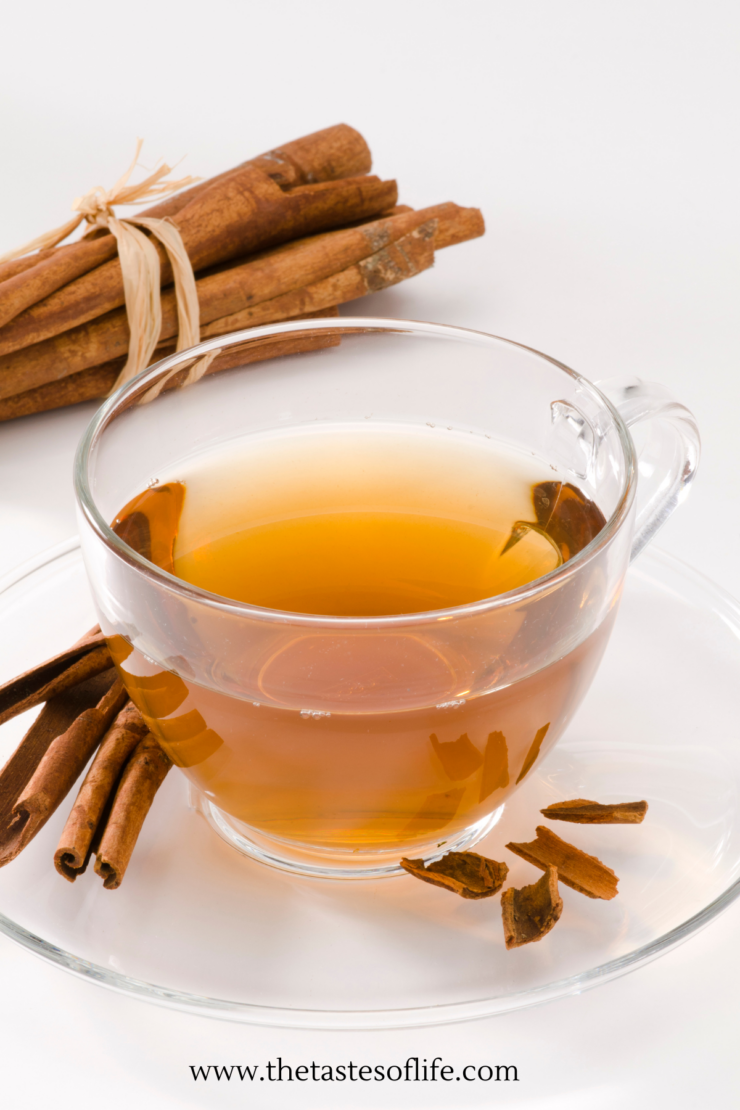
While some people may experience immediate relief, others may find that achieving the desired effects takes more time or consistent use. As always, listening to your body, adjusting your approach as needed, and consulting with a healthcare professional if you have any concerns or persistent symptoms are essential.
When it comes to managing period cramps, natural remedies like tea can offer gentle yet effective relief without the side effects associated with conventional medications. Whether you prefer the spicy warmth of ginger and turmeric or the soothing floral notes of chamomile and lavender, there’s a tea blend out there to help ease your menstrual discomfort. So, the next time cramps come knocking, reach for one of the 8 best teas for menstrual cramps and let its healing properties soothe you through the toughest days of your cycle.
More Herbal Remedies
Motherwort Health Benefits For Women + Motherwort Tincture
References:
https://pubmed.ncbi.nlm.nih.gov/33066854/
https://www.ncbi.nlm.nih.gov/pmc/articles/PMC4443385/
https://www.ncbi.nlm.nih.gov/pmc/articles/PMC7163389/
https://pubmed.ncbi.nlm.nih.gov/31151279/
https://academic.oup.com/painmedicine/article/16/12/2243/2460294?login=false
https://www.ncbi.nlm.nih.gov/pmc/articles/PMC6970572/
The information provided in this article is for educational and informational purposes only and is not intended as medical advice. It is not intended to diagnose, treat, cure, or prevent any disease. Always consult with a qualified healthcare professional before using any herbal remedies, especially if you have a medical condition, are pregnant or breastfeeding, or are taking medications. Individual responses to herbal remedies may vary, and what works for one person may not work for another. The use of herbs for health purposes should be approached with caution and under the guidance of a healthcare provider. The author and publisher of this article are not liable for any adverse effects or consequences resulting from the use of the information provided herein.
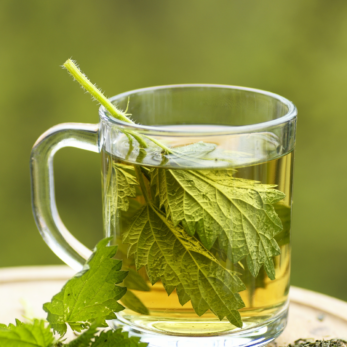
Ingredients
- 1 tsp dried nettle leaves
- 1 tsp dried ginger root
- 1 tsp dried chamomile flowers
- 1 tsp dried peppermint leaves
- 1 tsp dried raspberry leaf tea
Instructions
- Prepare the Herbs: Measure out the dried nettle leaves, ginger root, chamomile flowers, peppermint leaves, and cinnamon bark or chips.Combine the Herbs: In a teapot or heatproof container, combine the measured herbs, including the dried nettle leaves.Boil Water: Bring water to a boil in a kettle or saucepan.Steep the Tea: Once the water has reached a rolling boil, pour it over the herbs in the teapot or container. Cover with a lid or plate to trap the steam and let the tea steep for about 5-10 minutes.Strain and Serve: After steeping, strain the tea to remove the herbs. You can use a fine mesh strainer, tea infuser, or cheesecloth for this purpose. Pour the strained tea into a cup.Add Sweetener (Optional): If desired, add a drizzle of honey or a squeeze of lemon to the tea for added flavor. Stir to dissolve.Enjoy: Sip the warm and comforting nettle-infused tea slowly, allowing its soothing properties to ease menstrual cramps and provide relaxation.
Notes
- 1 teaspoon dried yarrow leaves and flowers
- 1 teaspoon dried nettle leaves
- 1 teaspoon dried ginger root
- 1 teaspoon dried chamomile flowers
- 1 teaspoon dried peppermint leaves
- 1 teaspoon cinnamon bark or cinnamon chips
- Honey or lemon (optional, for flavor)
- Prepare the Herbs: Measure out the dried yarrow leaves and flowers, nettle leaves, ginger root, chamomile, peppermint leaves, and cinnamon bark or chips.
- Combine the Herbs: Combine the measured herbs in a teapot or heatproof container, including the dried yarrow leaves and flowers.
- Boil Water: Bring water to a boil in a kettle or saucepan.
- Steep the Tea: Once the water has reached a rolling boil, pour it over the herbs in the teapot or container. Cover with a lid or plate to trap the steam and let the tea steep for about 5-10 minutes.
- Strain and Serve: After steeping, strain the tea to remove the herbs. You can use a fine mesh strainer, tea infuser, or cheesecloth for this purpose. Pour the strained tea into a cup.

